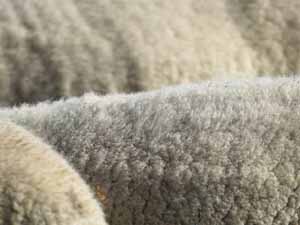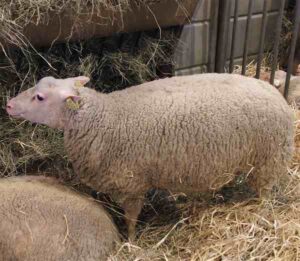The Dagliç sheep is a breed of domestic sheep which was originated from Turkey. It is mainly found in Western Anatolia in Turkey.
It is thought by some to be the origin of the Kamakuyruk and Chios sheep breeds. It is one of the short-fat tailed sheep breeds and is a dual-purpose animal.
It is good and raised for both meat and milk production. Read some more information about this sheep breed below.
Dagliç Sheep Characteristics
The Dagliç sheep are small sized animals. They are uni-colored animals with a white body and black spots on head and legs.
They have a short-fat tail. The ewes are always polled, but the rams are generally horned. Average body height of the mature ewes is around 24 inches or 60 cm, and the rams are slightly larger than the ewes.
Average live body weight of the mature Dagliç ewes is around 37.5 kg, and the mature ram’s are slightly large and weight much more than the ewes. Photo and info from Oklahoma State University and Wikipedia.
Uses
The Dagliç sheep are dual-purpose animals. They are raised for both meat and milk production.
Special Notes
The Dagliç sheep pretty hardy and active animals. They are well adapted to live in steppe climate. Live birth is 80-90 percent and twinning is rare, only 1-2 percent.
The lambs grow relatively faster, and their average weight gain is approximately 179 grams per day. The ewes on average produce about 40-50 kg of milk per lactation, and their lactation period lasts for about 140 to 179 days.
Along with meat and milk production, the breed is also very good for carpet wool production. However, review full breed profile of the Dagliç sheep in the following chart.
| Breed Name | Dagliç |
| Other Name | None |
| Breed Purpose | Meat and milk |
| Special Notes | Pretty hardy animals, active, well adapted to live in steppe climate, lambs grow relatively faster, good for milk production, good for producing meat, also good for carpet wool production |
| Breed Size | Small |
| Weight | Around 37.5 kg |
| Horns | Rams are horned, but the ewes are polled |
| Climate Tolerance | Local climates |
| Color | Uni-colored animals with a white body and black spots on head and legs |
| Rarity | Common |
| Country/Place of Origin | Turkey |






